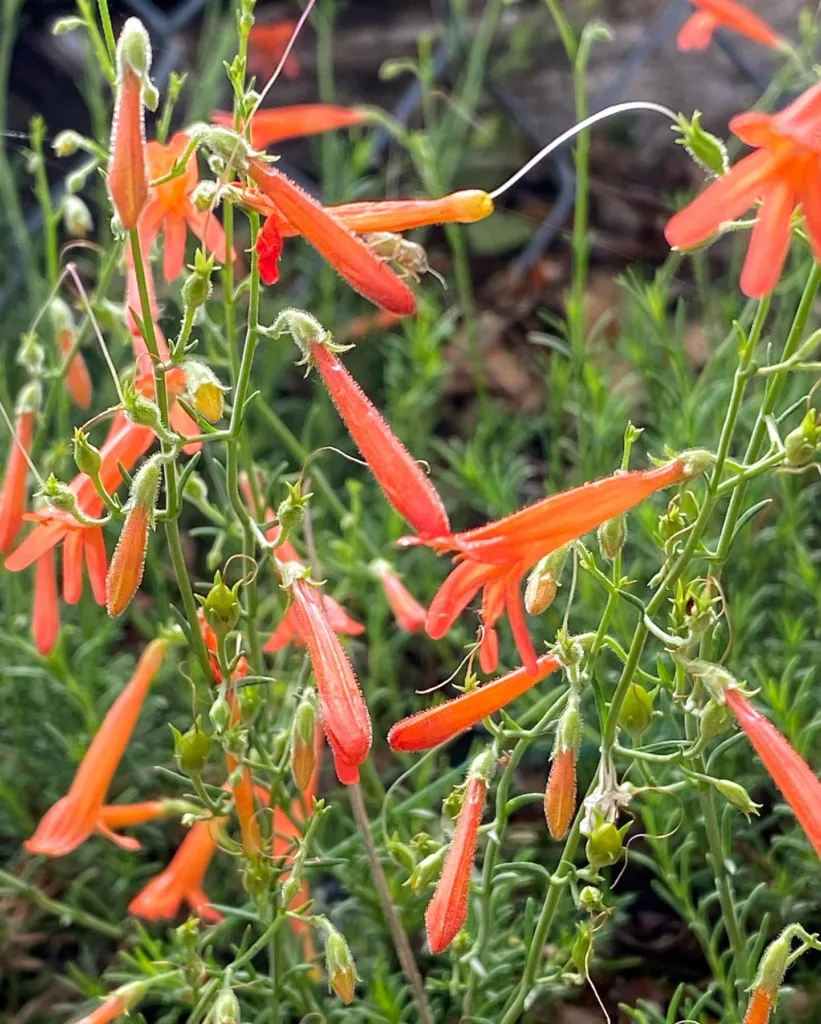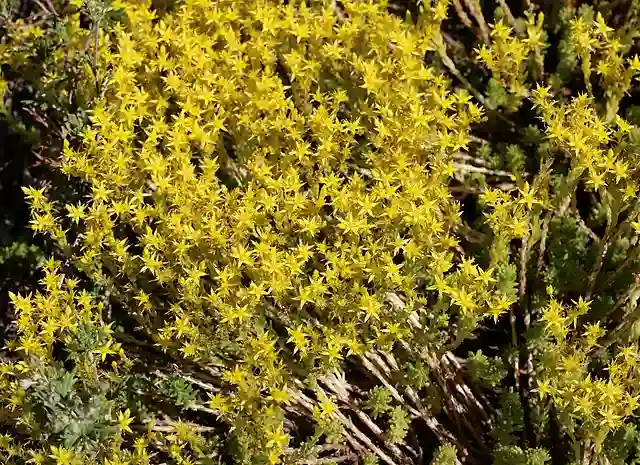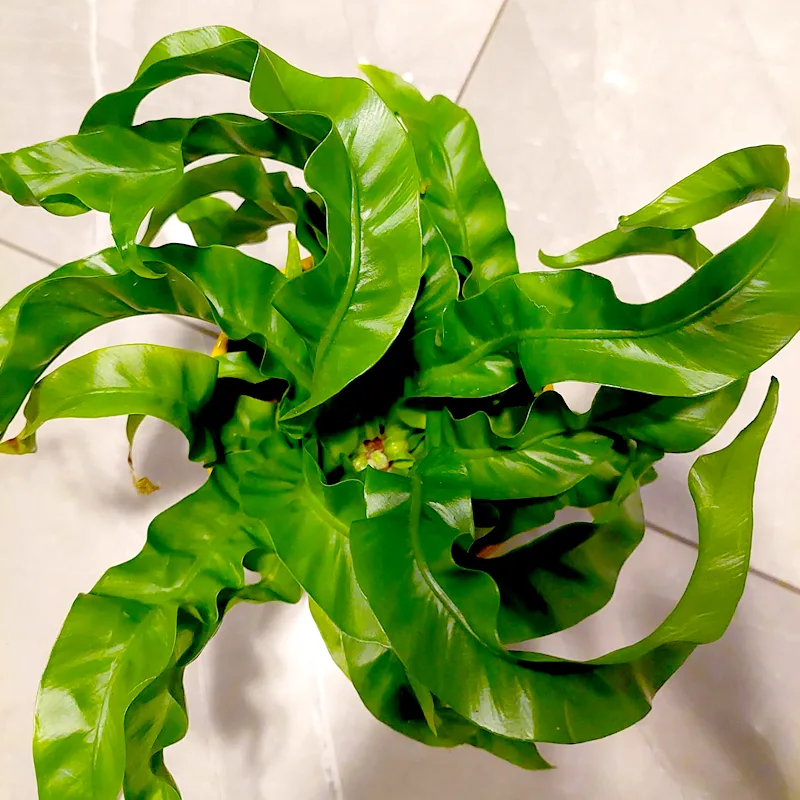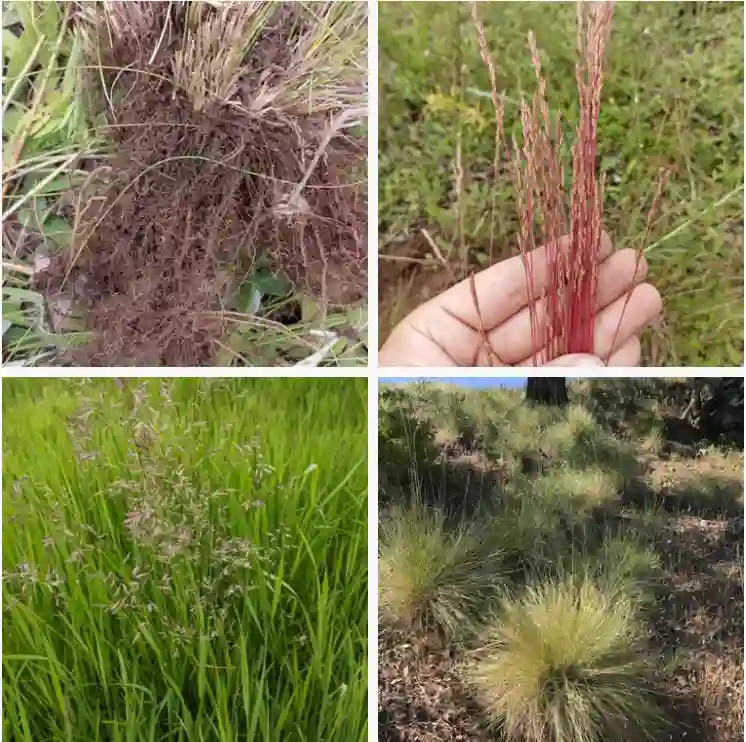The African Fig Tree: My Experience with Ficus Cyathistipula
Hello, plant enthusiasts! Ferb Vu here, and today I want to delve into the world of the stunning Ficus Cyathistipula, also known as the African Fig Tree. This beauty has become a mainstay in my indoor jungle, and I’m here to share my experiences and answer all your burning questions about this unique plant.
880 Species in Genus Ficus
How to care for Ficus Cyathistipula?
Light It Up: Illuminating the Needs of Your Ficus Cyathistipula
Ficus Cyathistipula isn’t a fan of the dark. It thrives in bright, indirect sunlight. Think dappled light filtering through leaves in its native rainforest habitat. Avoid harsh, direct sun, which can scorch the leaves. East or west-facing windows are ideal. Compared to its cousin, the Fiddle Leaf Fig (Ficus lyrata), the African Fig can tolerate lower light levels, but don’t push it. Signs of insufficient light include leggy growth and sparse foliage.
Watering Wisdom: Keeping Your Ficus Cyathistipula Hydrated
Finding the perfect watering balance is key to a happy Ficus Cyathistipula. Unlike some finicky plants, this one doesn’t require constantly soggy soil. Aim for consistently moist soil, but not dripping wet. The top inch of soil should feel dry to the touch before watering again. Here’s a tip: Stick your finger into the soil. If it feels dry up to the first knuckle, it’s watering time. Fear not, overwatering is a more common mistake than underwatering. Drainage is crucial – ensure your pot has drainage holes to prevent root rot.
Humidity: Friend or Foe?
Ficus Cyathistipula doesn’t have specific humidity requirements, unlike some tropical plants. Average room humidity is perfectly fine. However, if the air gets dry, especially in winter, occasional misting with lukewarm water can be beneficial. Just don’t overdo it – constantly wet leaves can invite fungal diseases.
Pro Tip: Grouping your Ficus Cyathistipula with other humidity-loving plants can create a miniaturized humid microclimate.
Temperature Talk: Keeping Your Ficus Cyathistipula Cozy
Think tropical rainforest when it comes to temperature. Ficus Cyathistipula prefers consistent warmth between 60-75 degrees Fahrenheit (15-24 degrees Celsius). Avoid sudden temperature fluctuations, especially cold drafts near windows. Compared to the Ficus Elastica (Rubber Tree), the African Fig is a bit more sensitive to temperature swings.
Fertilizer Focus: Nourishing Your Ficus Cyathistipula
During spring and summer, a monthly feeding with a diluted houseplant fertilizer will keep your Ficus Cyathistipula thriving. In the fall and winter, reduce feeding to once every two months. Opt for a balanced fertilizer with equal parts nitrogen, phosphorus, and potassium (NPK).
Troubleshooting Your Ficus Cyathistipula
Leaf Drop: Insufficient light or underwatering are the usual culprits. Adjust your watering routine and provide brighter indirect light.
Brown Leaves: This could be due to sunburn from excessive direct sunlight. Move your plant to a more shaded location.
Pests and Diseases: Thankfully, Ficus Cyathistipula is relatively pest and disease-resistant. However, keep an eye out for common houseplant pests like mealybugs and scale. Insecticidal soap or neem oil spray can be effective remedies.
Toxicity: A quick note for pet owners: Ficus Cyathistipula, like many Ficus varieties, contains sap that can be irritating to pets and humans if ingested. Keep it out of reach of curious furry (or not-so-furry) friends.
African Fig vs. Fiddle Leaf Fig
Both the Ficus Cyathistipula and the Fiddle Leaf Fig (Ficus lyrata) are popular houseplants, but they have some key differences. The Fiddle Leaf Fig boasts larger, violin-shaped leaves and requires slightly more consistent light and humidity. The African Fig, on the other hand, is a bit more forgiving with lower light levels and average humidity.
Ultimately, the best choice depends on your personal preference and growing conditions. If you’re a beginner or live in a space with less natural light, the Ficus Cyathistipula might be a better fit.
Conclusion: The Allure of the African Fig Tree
The Ficus Cyathistipula is a stunning and relatively low-maintenance houseplant. With its glossy, deep green leaves and air-purifying properties, it adds a touch of the tropics to any indoor space. By following these simple care tips, you can cultivate a thriving African Fig that will bring you joy for years to come.
If i die, water my plants!



